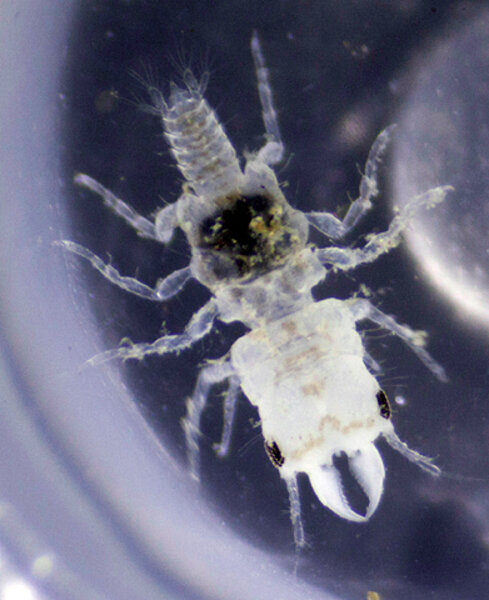Tiny creatures with hip names
Loading...
If you discovered a new species, what would you call it? Naming your first few animals would be easy, right? But Quentin Wheeler found that it gets a lot harder when you need to name 65 slime-mold beetles in a row.
"We ran out of all the obvious names in a hurry, so we got a good deal more creative," says Mr. Wheeler, a professor at Arizona State University. "I named one species after Darth Vader."
With nearly 2 million species discovered on Earth – each with a unique Latin moniker – scientists have had plenty of chances to sneak pop culture into scholarly annals.
Take Gnathia marleyi, a tiny crustacean named this summer after reggae legend Bob Marley. The ground beetle Agra schwarzeneggeri boasts bulging front legs, which reminded scientists of a certain action film star. There's even Spongiforma squarepantsii, a recently discovered mushroom named after the cartoon character SpongeBob SquarePants.
The list of famous eponyms includes Michael Jackson, Kate Winslet, Stephen Colbert, Bill Gates, Beyoncé, all four members of the Ramones, and many more. The rules for naming a species are pretty lax. Once scientists have confirmed a new specimen, they may publish a paper identifying the critter however they like. Only one person can stonewall a name, says Wheeler. If the editor of a scientific journal disagrees with a title, he or she may refuse to print the paper.
"In fact, the SpongeBob fungus was initially rejected by the editor of that journal because he thought it was too frivolous," says Wheeler. "The authors persevered and ... finally got him to agree to publish it."
Celebrity species began with Carl Linnaeus, who invented modern taxonomy in the 1750s. According to legend, the Swedish botanist named dayflowers Commelinaceae after the Commelyn family. He chose the name because of its two upward-facing petals and one small, pale petal below – a fitting match since, at the time, two of the Commelyn brothers found great success in science, while the third amounted to little.
"Celebrity names are a wonderful way to have a little fun and draw attention to the biodiversity crisis," Wheeler says. "Our best estimate is that there are 10 million species awaiting discovery and naming. There's a good chance that millions of species will go extinct this century before they were ever discovered."





